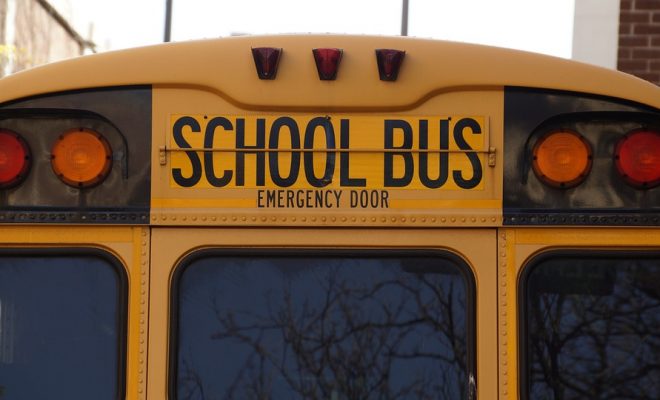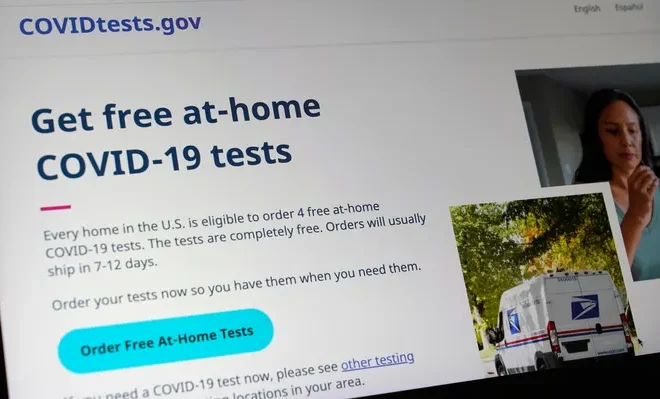Teaching K-12 in the Age of Coronavirus

When the world began to close due to Coronavirus, schools were the first to shut their doors. According to UNESCO, by the middle of April 2020, the learning of almost 1.6 billion children had been affected in 191 countries. With the closing of schools there came a shift to remote learning, proving to be easier for some than others.
Remote learning seems like a great option during a pandemic. Children are less likely to catch the virus and are also less likely to spread it to teaching staff. The true issue lies in the fact that not every child has access to a computer, wifi, or even reading materials. In addition, the lack of breakfast or lunches supplied by schools, and the possible increase in child abuse became extremely concerning.
But what is the best method to go about teaching K-12 in the age of Coronavirus? There is no one answer that can be said for every teacher across every state. Times are unprecedented, but there are a few steps that can be taken to attempt to make this period of teaching go more smoothly.
Providing Access
Although personal access to physical devices and WIFI services is not always possible for lower-income families, there are solutions. In South Carolina, school buses were installed with WIFI and placed in low-income neighborhoods. This offered more access to children who wouldn’t otherwise have it. In addition to WIFI services, access to computer devices such as computers and tablets can make a huge difference in whether or not a child is able to learn remotely.
Support for Parents
Providing support to parents during times of Coronavirus is also huge. Most of these parents are now balancing their own work-life and also having to help their children learn. For some parents, this means that they must navigate their own physical or learning disabilities, lack of education themselves, and even language barriers.
By offering support materials and step-by-step guidelines to parents you are allowing them to help teach their children. Offering as many resources as possible, tools, and activities can also help, but be sure they do not cause an unrealistic burden.
Assessments and Grading
Another difficult issue to tackle during COVID times is assessments and grading. Since all forms of assessments such as end-of-term examinations, standardized testing, and even quizzes are compromised with online learning, grading becomes a tricky issue to tackle.
As of March 20, 2020, the United States officially decided to allow states to pause all standardized testing for the rest of the year. States were allowed to decide for themselves what “meeting graduation requirements” actually means.
Crisis Promotes Creativity
Although COVID-19 has been an extremely stressful situation for everyone around the globe, out of crisis can come creativity. With the pressure coming from the Coronavirus pandemic, schools can take this time to rethink budgets and traditional methods of operation.
As the Coronavirus war wages on there is not much hope for fully reopening schools. As schools continue to operate remotely, the “new normal” will need to be taken into account, and new creative ideas implemented. Schools will need to navigate accessibility gaps, focus on what teachers need, and support both parents as well as children. We are all in this together.






